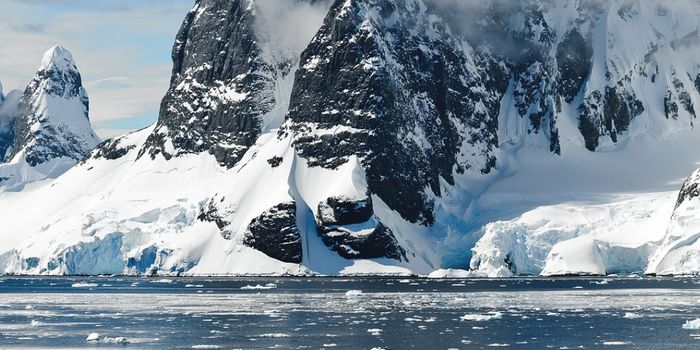Technology
Data Scientist
JAN 07, 2014 12:00 AM PST
Share
Species and Climate Change: The Importance of Population Stability
 For years, scientists and conservationists have been concerned about the decreasing number of species on earth, and the dwindling population of certain endangered species. Since climate change may accelerate the extinction process, determining how to help species adapt to climate change has become an increasingly active area of research.
For years, scientists and conservationists have been concerned about the decreasing number of species on earth, and the dwindling population of certain endangered species. Since climate change may accelerate the extinction process, determining how to help species adapt to climate change has become an increasingly active area of research.One of the proposed methods of improvement is to not just preserve the habitat of endangered species, but also expand it when possible. For example, if a species is having difficulty adjusting to permanently warmer temperatures in its native habitat, we can attempt to make a northern habitat more hospitable by analyzing food supply, predators and similar factors, and adjusting any factors that we can without harming the ecosystem. This may allow the species to migrate northward and thrive in a newer section of warmer habitat.
However, according to research recently published in Nature Climate Change (online edition), it is more important to address the reasons for declining population. An increased habitat range is still a useful and important component of species preservation and expansion, but if the population of a particular species is declining, that species may not be able to take full advantage of the available habitat.
Scientists from the University of York and the NERC (National Environment Research Council) studied the population of butterfly species in the UK and their movements throughout a four decade period (as their habitats have warmed). Data on butterfly population and migration showed that some species that were previously limited to warmer southern areas of England had expanded into northern England and even into Scotland, because warming trends have made the areas tolerable for these species.
The degree of northward habitat shift varied significantly among the species, with some species not expanding their habitat at all while others experienced rapid expansion. In attempting to explain the variations, the team discovered a correlation between habitat expansion and overall population of the species.
Some elements of this study are not surprising-you would probably expect that species with increasing populations would attempt to expand their territories just for the availability of food and resources, if nothing else-but its not obvious why a species in decline would not search for a potentially better environment in which to expand its population.
In essence, creating a greater habitat area for species expansion only solves half of the problem. It's a necessary component for expansion of species that have expanding or at least stable populations, but it won't help species with declining populations until the underlying cause for the population decline is addressed.
Potential reasons why declining species would act this way was not addressed in this study, and is up for further debate-but this study does at least point conservationists and scientists in the right direction. While this study focuses on butterflies, it's possible that other species follow similar patterns-and if that is the case, the impact on species conservation efforts around the world could be positively impacted by these findings.
You May Also Like
Loading Comments...








